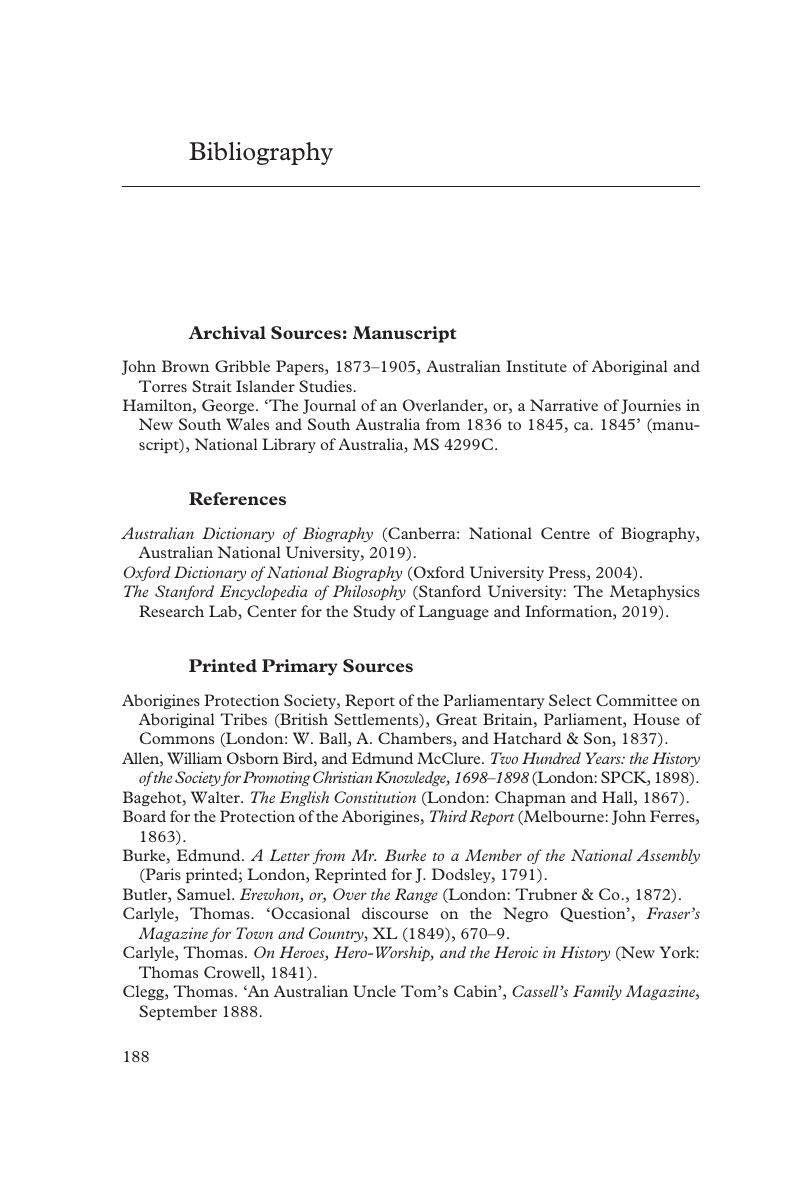Book contents
- Imperial Emotions
- Critical Perspectives on Empire
- Imperial Emotions
- Copyright page
- Dedication
- Contents
- Figures
- Acknowledgements
- Introduction: Emotions and Empire
- 1 Children of Empire: British Nationalism and Colonial Utopias
- 2 Colonial ‘Blind Spots’: Images of Frontier Conflict
- 3 Australian Uncle Tom’s Cabins
- 4 The Homeless of Empire: Imperial Outcasts in Bleak House
- 5 Christian Heroes on the New Frontier
- 6 Charity Begins at Home: Philanthropy, Magic Lantern Slides and Missionary Performances
- 7 The Republican Debate and Popular Royalism: ‘a Strange Reluctance to Actually Shout at the Queen’
- Bibliography
- Index
- References
Bibliography
Published online by Cambridge University Press: 30 September 2019
- Imperial Emotions
- Critical Perspectives on Empire
- Imperial Emotions
- Copyright page
- Dedication
- Contents
- Figures
- Acknowledgements
- Introduction: Emotions and Empire
- 1 Children of Empire: British Nationalism and Colonial Utopias
- 2 Colonial ‘Blind Spots’: Images of Frontier Conflict
- 3 Australian Uncle Tom’s Cabins
- 4 The Homeless of Empire: Imperial Outcasts in Bleak House
- 5 Christian Heroes on the New Frontier
- 6 Charity Begins at Home: Philanthropy, Magic Lantern Slides and Missionary Performances
- 7 The Republican Debate and Popular Royalism: ‘a Strange Reluctance to Actually Shout at the Queen’
- Bibliography
- Index
- References
Summary

- Type
- Chapter
- Information
- Imperial EmotionsThe Politics of Empathy across the British Empire, pp. 188 - 215Publisher: Cambridge University PressPrint publication year: 2019

